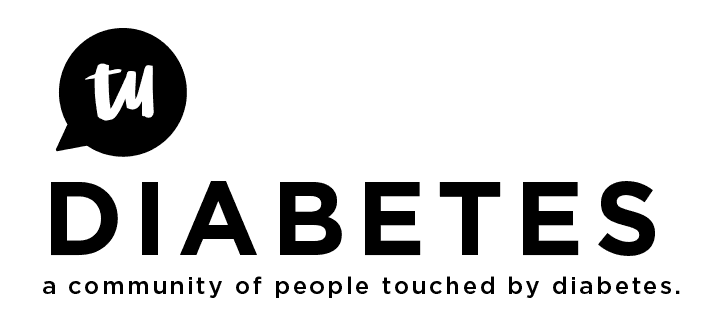No sensors available. Have had 670G pump and CGM since September. They won’t ship sensors.
I have been using the 670G since August, but only very briefly in Auto-mode. (Before that I used the 630 since December 2016, and before that was on the older Medtronic pumps.)
The 630 and 670 are both good and pretty similar when in manual mode. (Except the fact that the redesigned menu structure of the 670 typically requires more button pushes to accomplish even basic functions…)
The 670 seems to have major benefits in terms of ease of BG management when in auto-mode for patients whose HbA1c is over mid-6s. I have maintained mine generally in the high-5s and never over 6.3 even with the older pumps, and so the 670 actually kept me too high (for my taste) a lot of the time, which is why I gave up auto-mode for the moment. But I am still happy with the pump in manual mode and I wear the Guardian 3 sensors sporadically too, which are significantly more accurate than the previous Enlites.
Good luck to you and hopefully for you the new pump leads to BG improvements!
And this is no small group! According to the T1D Exchange database, only 17.69% of the T1D patients in its registry enjoyed an A1c of less than 7.0% when last measured. The 670G technology seems squarely aimed at this large target group.
While I have been lucky enough for my A1c’s to be lower than 7.0%, I am happy that the first commercial pump system is designed to help this large cohort of people with diabetes.
I went back to the 630 G. The 670 G wanted way too many calibrations, and I wasn’t able to keep up. The sensor on the 670 Just seemed way too finicky. So happy to have my 630 back!
With the 630 G I only had to calibrate twice a day. I have my pump set so that it alerts me when I am rising, and alerts me before high, and it also alerts me before low so I can turn off the basal. With the 670 G I was asked for blood glucose tests frequently, Like during a meeting in the middle of the day or while I was in court. And I would get kicked out of auto mode until I was able to find time to test. The result was very poor management. Part of the point of having a CGM is to know where you are and where you are going. If you have to calibrate as many times as the doctor recommends you take your blood sugar, it makes it harder to ever know what’s going on. For my busy lifestyle the 630 G has helped my A1 C much better! I dropped one point in one month compared to the 670 G where my A1C went up two points . But then again I wasn’t able to calibrate at the drop of a hat.
Are you SURE that’s due to luck, Terry? dunno about you, but I work HARD to reduce my A1c to a relatively “safe” level. I don’t feel like losing my toes, my eyesight, having a heart attack, kidney failure…A T1 doesn’t just “luck out” when they are in good control. It’s a full-time job. One I take seriously. Without the tools and knowledge that I was lacking in the 1980’s and into the mid 1990’s, my A1’s sucked. Having to inject glucagon a few times was not the funniest thing I had to do. Pumping and carb counting got me started on the path to self-preservation. Add in a reasonably reliable CGM, and I’m doing even better, A1c-wise. the more tech we can throw at the big D, the better; but let’s not forget about personal dedication, motivation, and experience.
I get where you’re coming from. I spend a lot of time, energy, and attention to my diabetes management. I’m guessing you could say I’m lucky that my blood glucose numbers respond well to this effort. Participating here for many years, I’ve witnessed others who put out a similar effort and do not get the benefits that I do. That’s not fair, but that’s diabetes. In that way I feel lucky. I will take any good bits fate may toss my way.
For those of us who put out substantial effort and get good results, we need to remain cognizant that our personal formula does not necessarily translate to the same general result for everyone.
For blood glucose management, I am lucky that I was born a male. I do not have to deal with monthly hormone changes that effect BG swings in females. I am lucky that I’ve had lifelong access to good health care. I’m lucky to naturally experience an intellectual curiosity with how things work. I’m lucky that I took an interest in diabetes and after 28 years of living with it, discovered how important carb limitation is to blood glucose levels. I’m lucky I was born in 1953 instead of 1853.
You get the idea. Life really is the interaction between fate and free will. You can’t take either of them out of the equation!
Thanks Dessito!
I have not used the sensor before. I am hoping it makes a big difference.
I have been told the sensor will not be available until February.
Blame the hurricane in Puerto Rico.
That does stinks!
